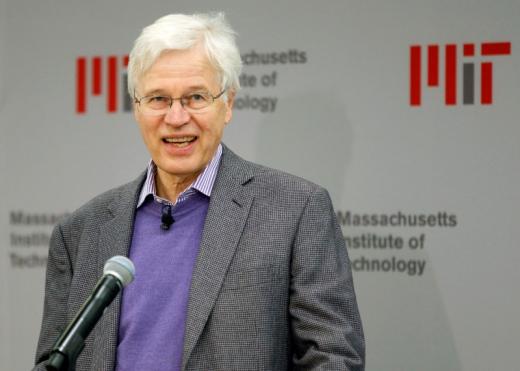
The study of how economic actors can and do construct contractual arrangements; especially in the presence of asymmetric information, comes under the domain of ‘contract theory’.
Recently, Dr Oliver Hart from Harvard University and Dr Bengt R Holmstrom from the Massachusetts Institute of Technology were awarded the Nobel Prize in Economics for 2016 for their valuable contributions to the contract theory.
This is the third award conferred upon economists working in this area. The area has widespread implications in not only economics but also political science and law.
Dr Hart and Dr Holmstrom developed a comprehensive framework for analysing many issues in contract design, like performance based pay for top executives, deductibles and co-pays in insurance and the privatisation of public sector activities. The important question is what is the background behind which this contract theory is based?
The principal-agent problem
The fundamental question the contract theory aims to address is the principal-agent problem.
The principal-agent problem in political science and economics occurs when one person or entity (the agent) is able to make decisions on behalf of, or that impact another person, ‘the principal’.
The dilemma exists when the agent is motivated to act in its own self interests.
Typical examples of this exist in corporate management (agent) and shareholders and more popularly amidst politicians (agent) and voters (principal).
This was the problem Nobel laureate Dr Holmstrom worked on in the 1970s when he demonstrated how the principal (shareholders) should design a contract for the agent (company’s CEO).
Holmstrom’s informativeness principle states that the principals should design a contract which links the agent’s pay to its performance.Further work was undertaken in the wider area of contract theory by Dr Oliver Hart.
Specifying the nitty-gritty details
Humans fundamentally have different interests, which are often mitigated by contractual arrangements. Well-designed contracts provide incentives for the contracting parties to exploit the benefits of cooperation.
However, it is impossible for contracts to specify and cater for every eventuality and this is where Dr Oliver Hart stepped in with his work on incomplete contracts. This branch of theory spells out optimal allocation of control rights: which party of the contract is entitled to make decisions under certain circumstances?
According to the Harvard Business Review, certain situations which result in incomplete contracts are: difficulties in negotiating transactions, difficulties in monitoring on-going transactions and difficulties in enforcing agreements.
Hart’s analysis on incomplete contracts has provided academics and policymakers theoretical tools to study questions such as what kind of companies should merge, what is the proper mix of equity and debt financing and when should institutions such as prisons and schools be publicly or privately owned.
Implications for the real world
Contract theory identifies a variety of obstacles to cooperation and suggests which contracts are best suited to overcome them.
It offers explanations for contracts that are commonly written and for finding suitable contractual solutions to new problems.
Applying contract theory to property rights helps us understand the costs and benefits of privatisation and public versus private ownership. Perhaps the greatest application of the subject is in corporate finance where contracts are designed in a manner to ensure that entrepreneurs and managers act in the interests of investors.
Understanding contracts does not only have implications in the financial domain for understanding bankruptcy reforms and investor rights, but has wider implications for governance.
The writer is an economist and ex-central banker
Published in The Express Tribune, October 17th, 2016.
Like Business on Facebook, follow @TribuneBiz on Twitter to stay informed and join in the conversation.

















COMMENTS (1)
Comments are moderated and generally will be posted if they are on-topic and not abusive.
For more information, please see our Comments FAQ